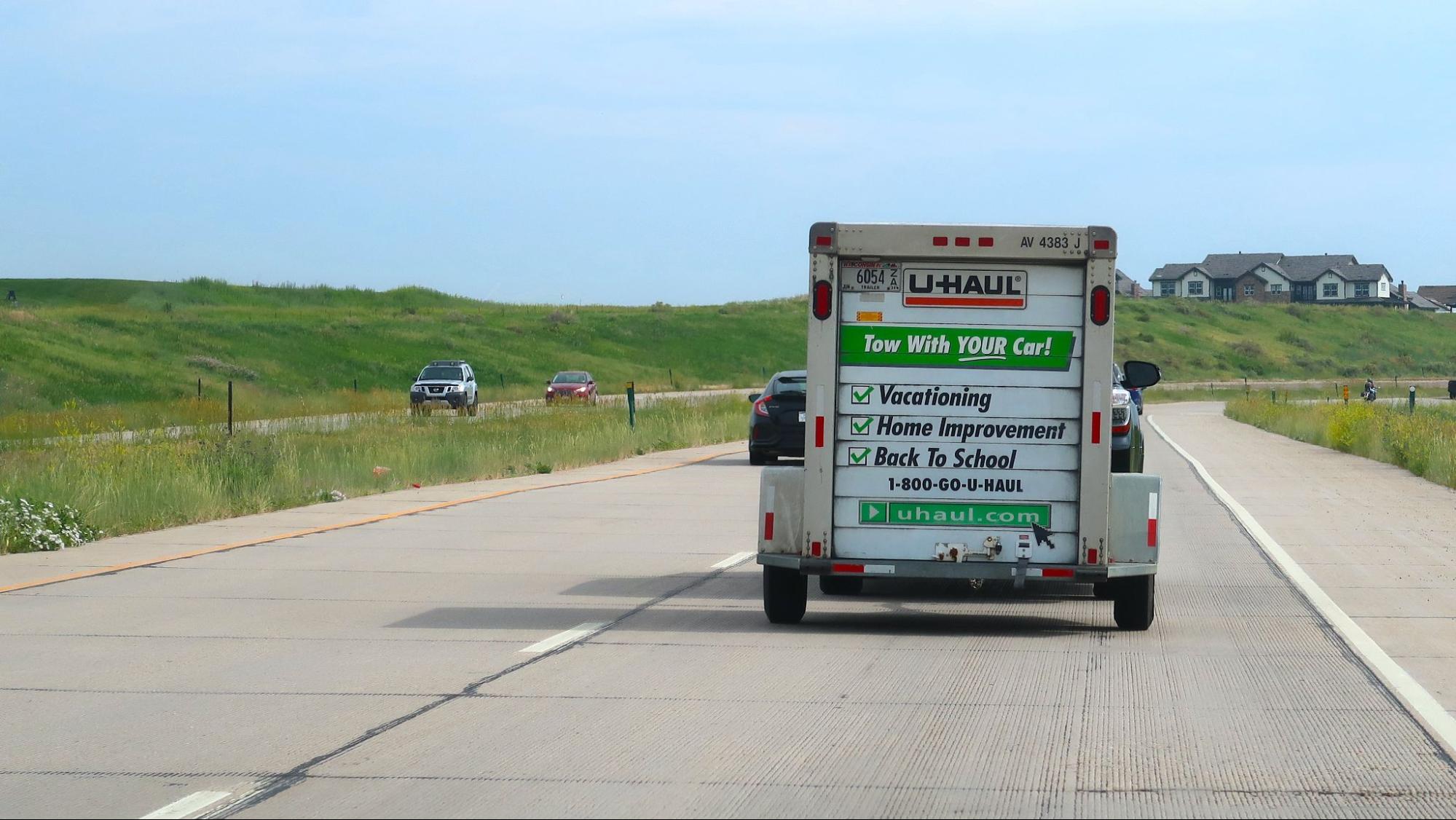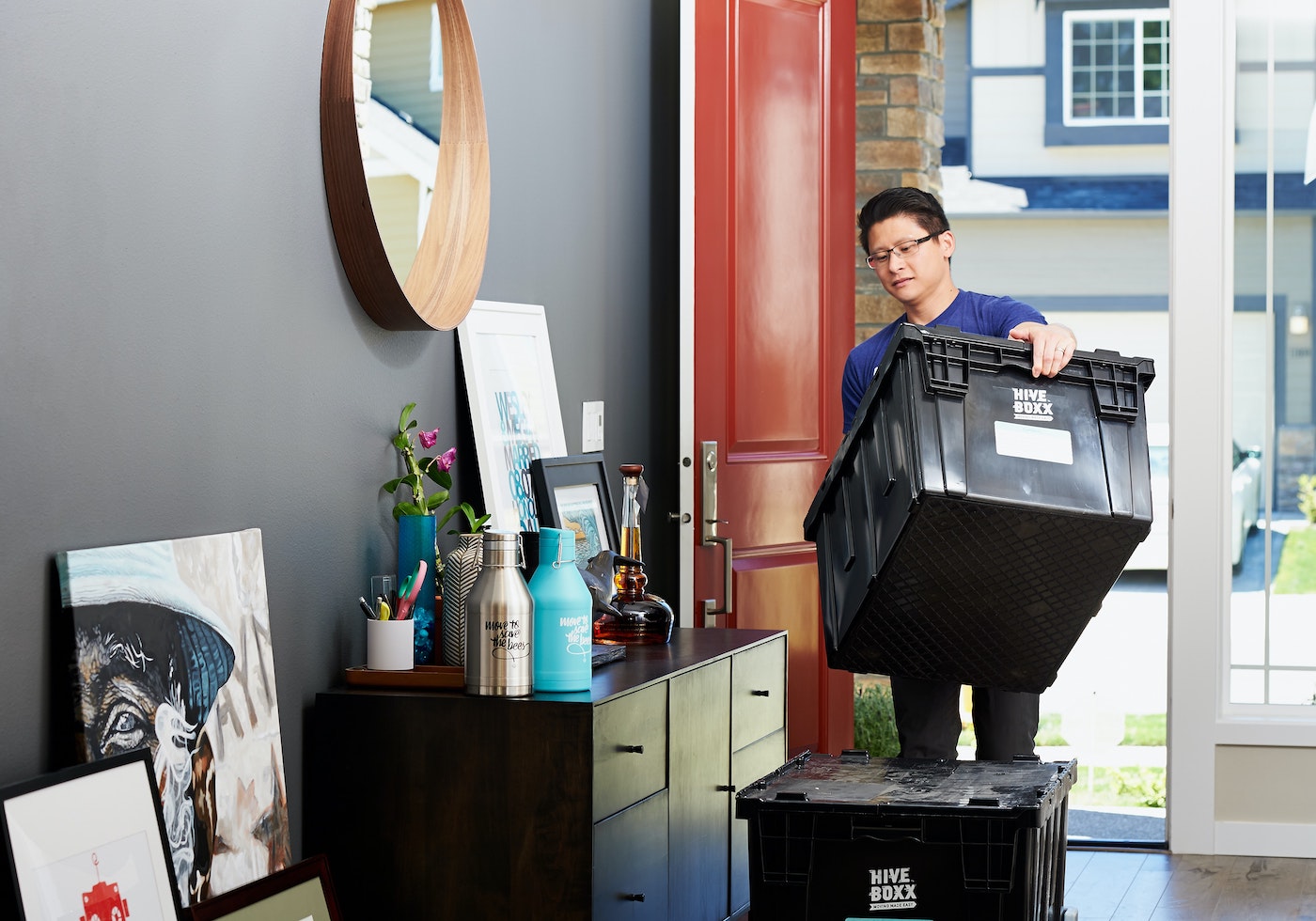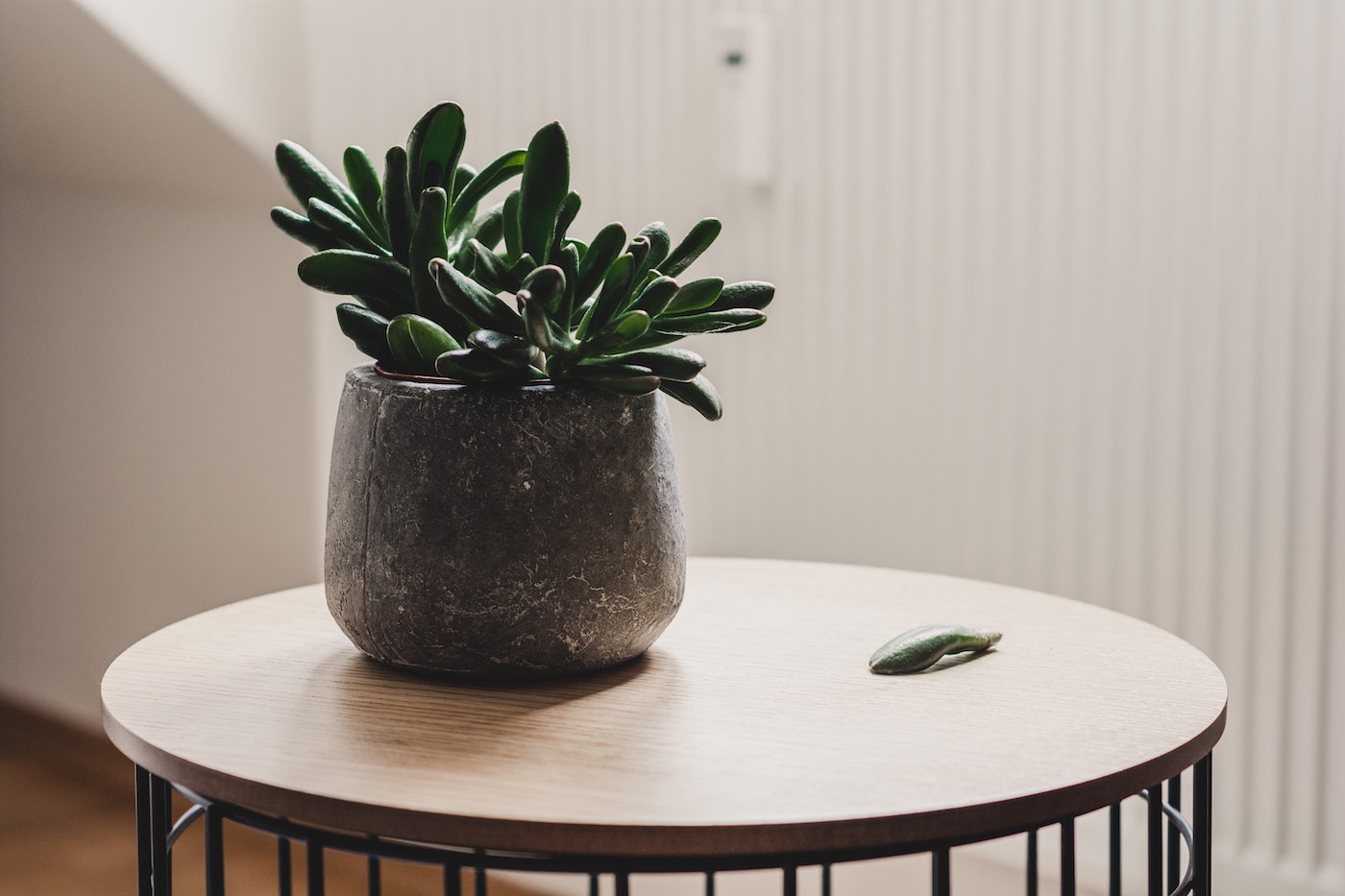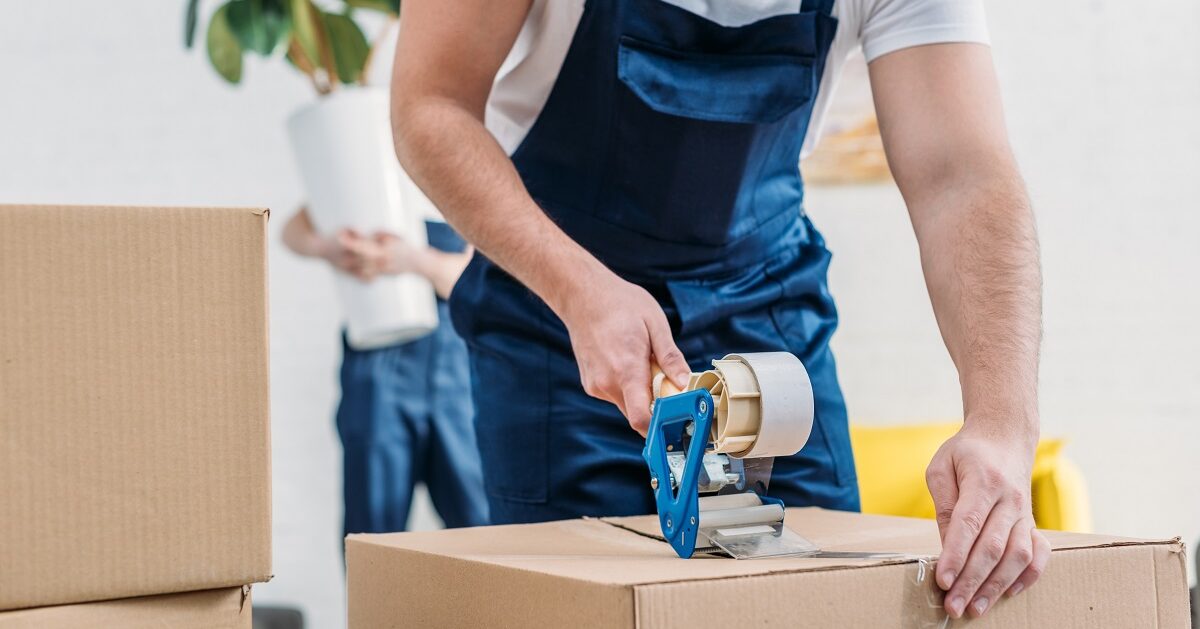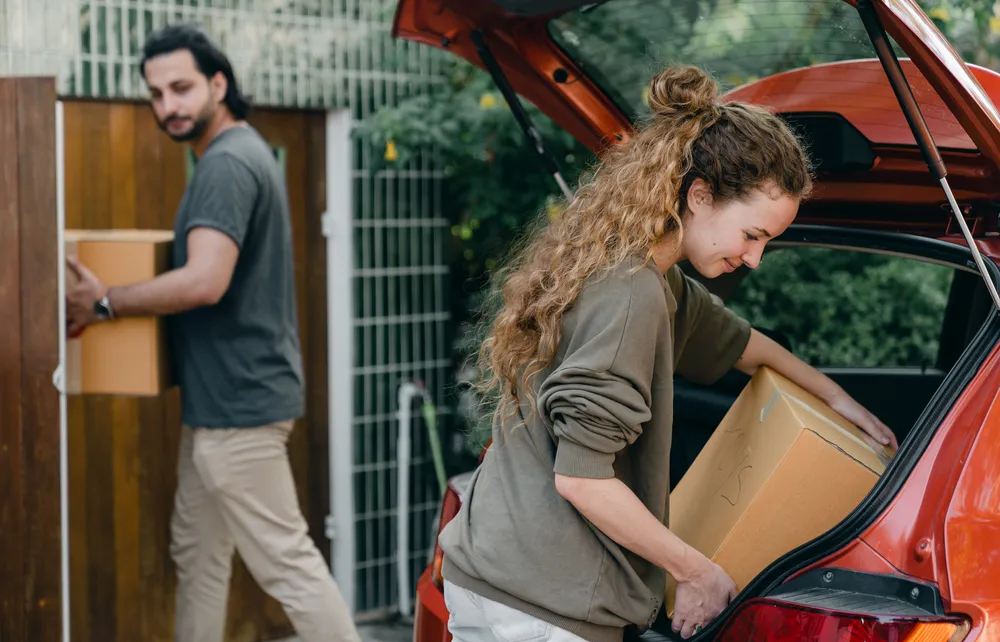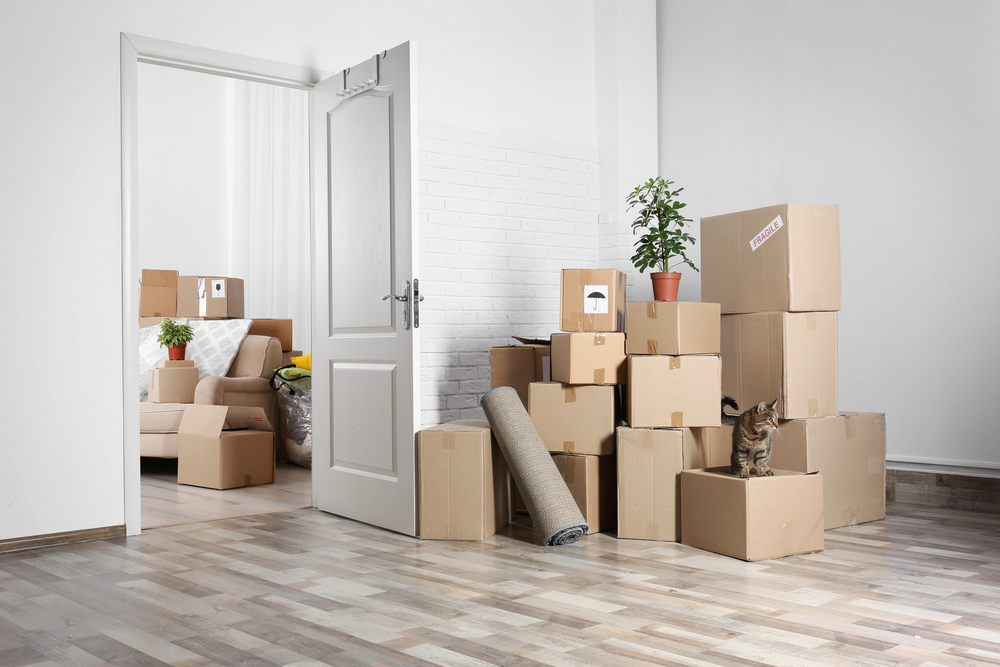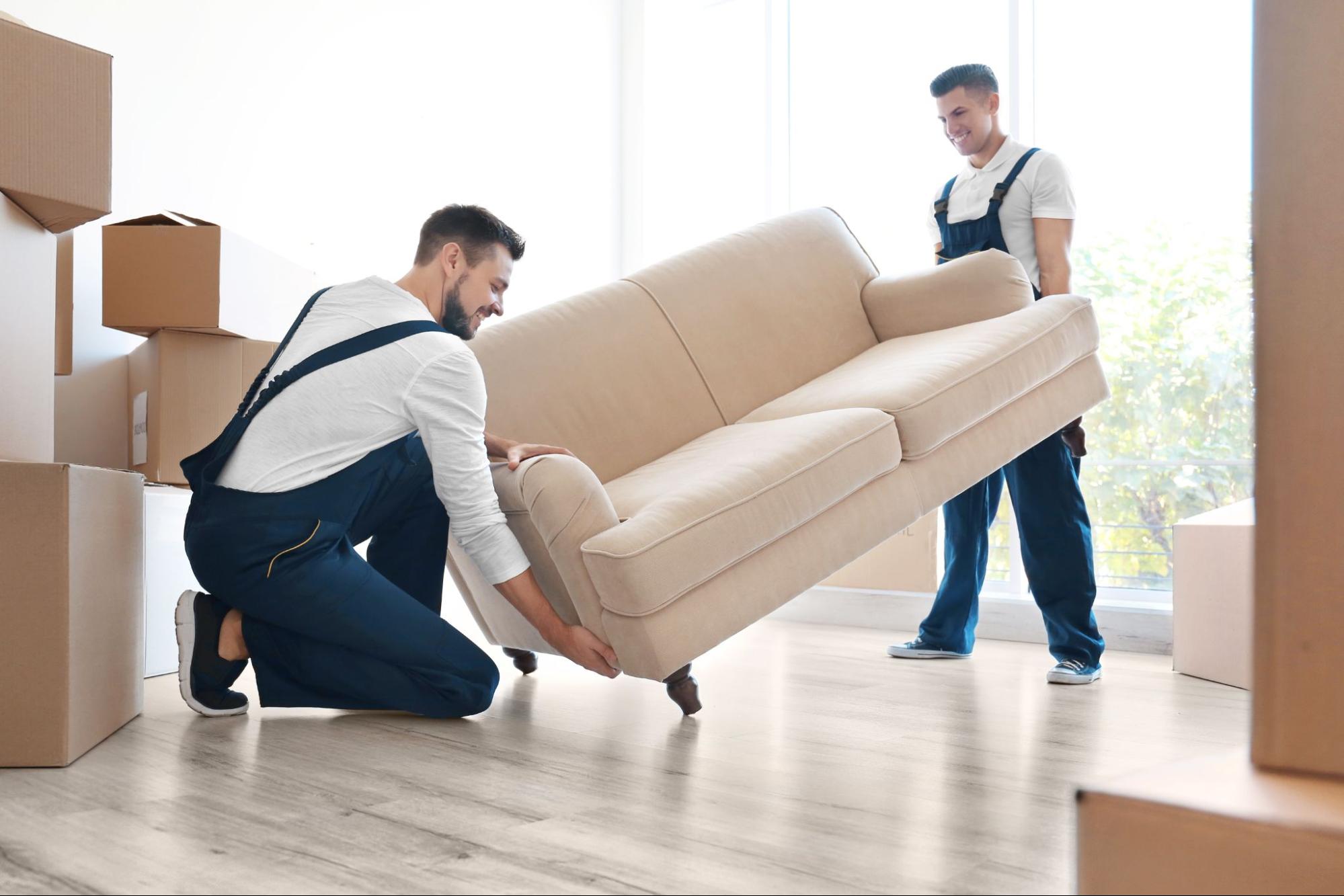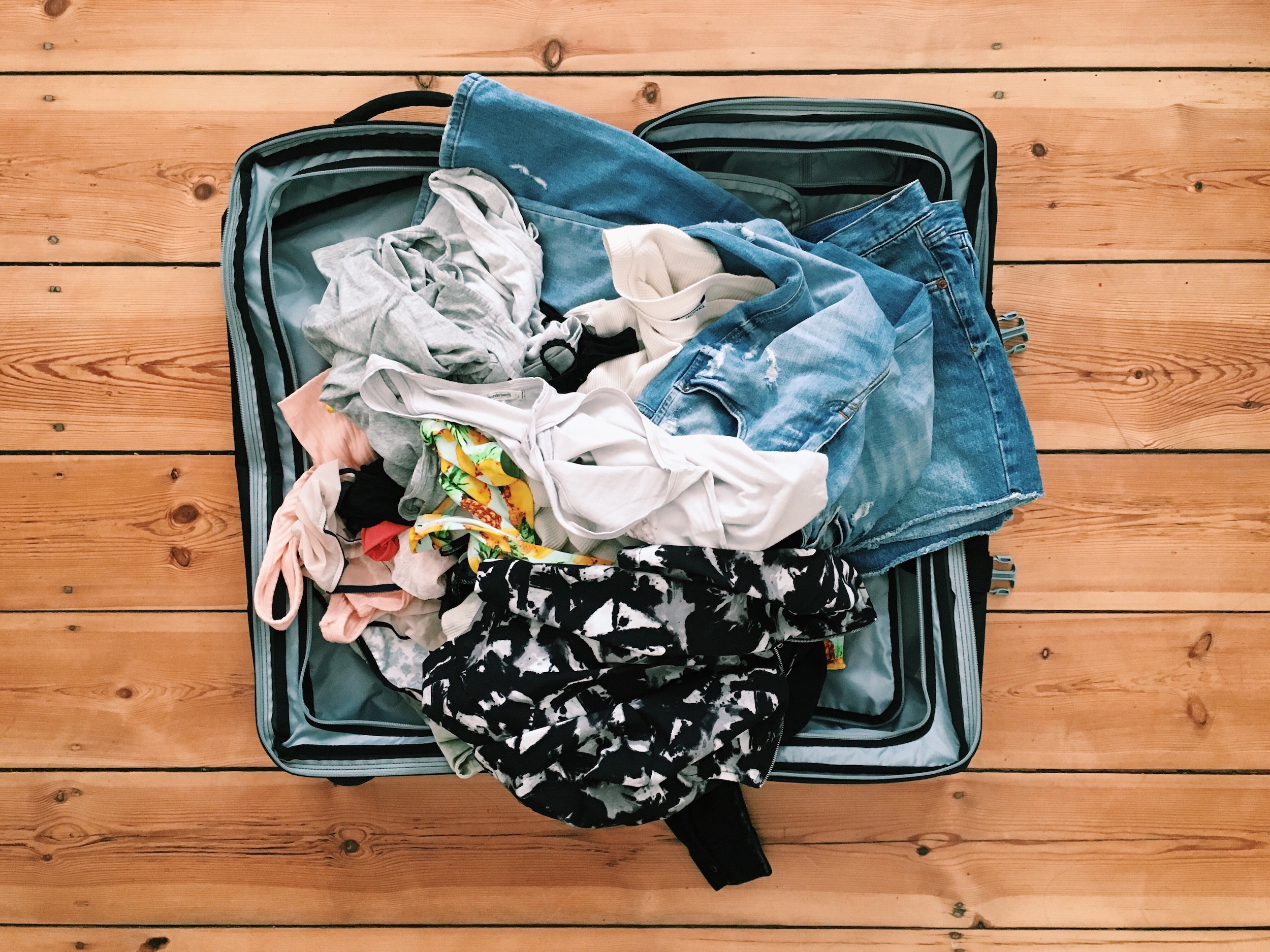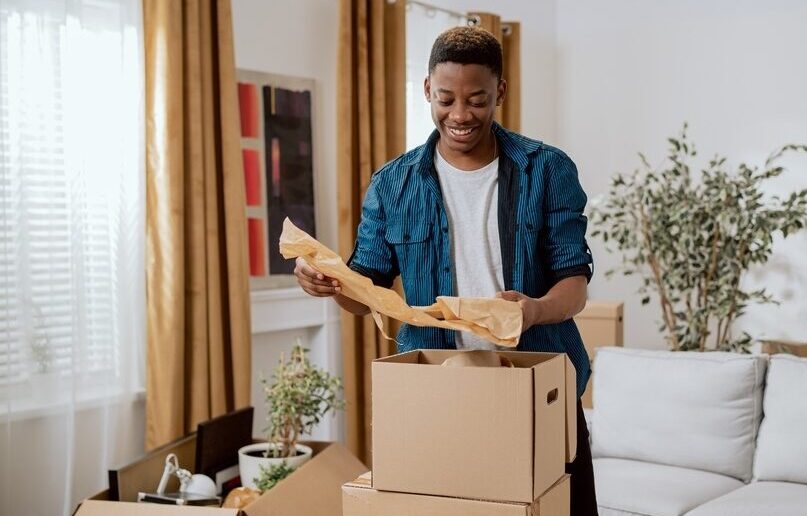
How to Pack Efficiently for a Move
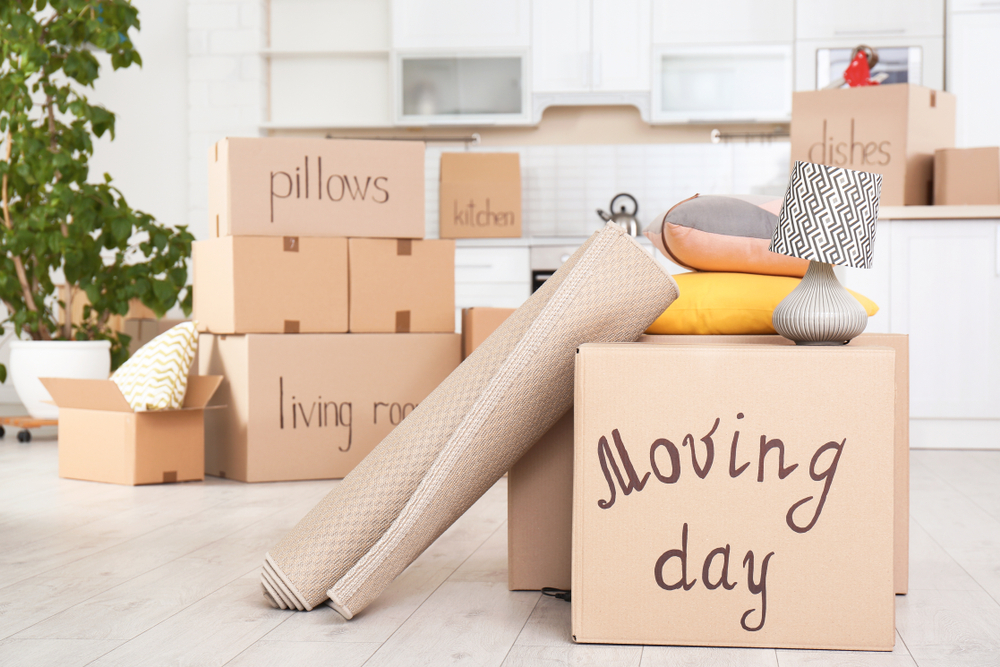
Moving to a new home is exciting. But all the packing that goes along with that move is a lot less exciting.
That’s probably because unless you are a professional organizer or a professional mover, packing up your belongings can be quite a chore. However, even if you consider yourself an unorganized person, you can learn how to pack efficiently for a move.
Here, we’ll walk you through some packing tips that offer easy ways to navigate the packing process so that you’re not as stressed for when the big day arrives.
Where to buy packing boxes and packing materials
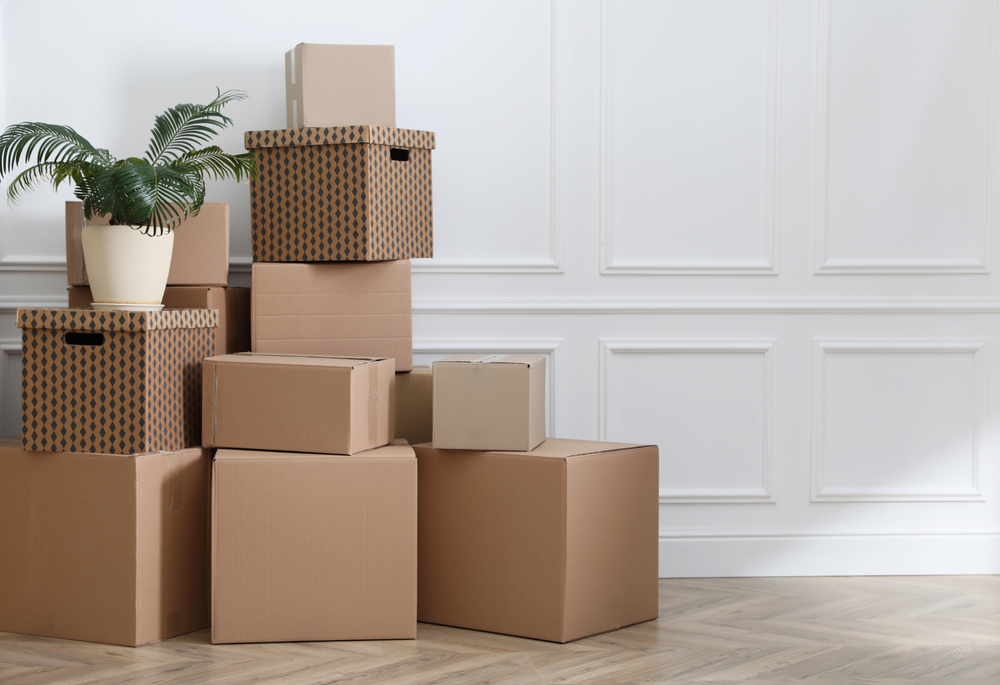
You can purchase packing boxes of all shapes and sizes, not to mention bubble wrap, packing tape, and other packing supplies, at an office supply store like Office Depot. You can also buy them at a home improvement store like The Home Depot or a big-box retailer like Target. Another option is to buy them from a moving company, who can even give you tips on how to pack up all those cardboard boxes—and, if you need assistance, you can even hire them to do the packing for you, as well as put it all on the truck for easy transport.
As far as the boxes themselves, you’ve got plenty of options. For example, medium-sized boxes are perfect for heavy books, while smaller, corrugated boxes with dividers will keep your glassware and dishes protected. There are even wardrobe boxes that will make it simple to very quickly pack up entire dresser drawers or even your closet by leaving everything on its hanger—the heavy-duty rod inside the wardrobe box does all the heavy lifting for you!
However, moving is already expensive enough. Before you start shelling out for all types of cardboard boxes, it pays to ask around to see if anyone is offering boxes they are no longer using. So many people are shopping online these days, so it’s possible you could have a parade of heavy-duty storage boxes coming through your door at any moment—not to mention the doors of family, friends, and neighbors. If that doesn’t work, many stores (such as liquor stores) will part with their boxes if you just ask. When you finally rack up all the cardboard boxes you need for your move, just don’t forget to buy a lot of tape to secure them so they don’t come undone in your trunk or the back of your moving truck.
If you need specific moving boxes like those listed above, or if you need many more than you can collect from friends and family, you can always go to the aforementioned stores to purchase all the high-quality moving boxes you need. If you need one particular type of box, you can likely buy them in bulk. For example, if you have a ton of books to pack up, you’ll need many boxes of the same size.
Keep in mind that while moving boxes do indeed come in all shapes and sizes, packing is much easier when you get them in roughly the same size—it makes it easier to stack them in a corner while you’re packing up the rest of your place.
How to pack a box for moving
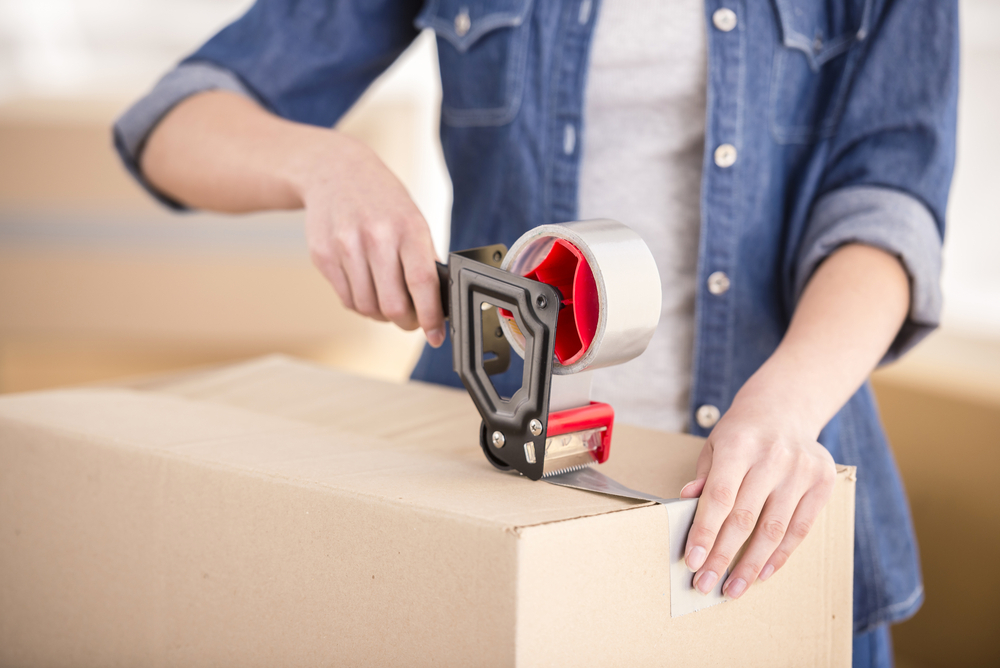
As much as you would probably like to throw everything in a box, tape up the top, and be done with it, you’ll be sorely disappointed when all of your items arrive at your new house or apartment in pieces.
Be sure to keep smaller, sturdy boxes for heavy heavy breakable items like dishes and glasses. In fact, you’ll either want to load up on packing materials like acid-free packing paper or bubble wrap to wrap things in (crumpled paper or bunched-up newspapers also work for cushioning books, though don’t use them to wrap glass or dishware, as the print will mark them). You can also buy specific boxes that make it easy to pack fragile items.
For books and other items that are small and unbreakable, you’ll want to go for a medium-size box. Remember, while one book isn’t too heavy, a box full of them can be very heavy, even for professional movers. One of the best ways to pack boxes is to fill up a box halfway, then fill up the remainder with soft items like towels, linens, and clothing. This will help distribute the weight without making the box too heavy.
A quick way to pack up clothing is to take hangers with the clothes on them and pull them through large plastic bags—heavy-duty garbage bags will do!—for a quick and easy way to pack your closet if you don’t want to spend money on dedicated wardrobe boxes. You could also pack up suitcases with your clothing—it’s a good idea to stash small items in the padding of those clothes as a cushion.
Label your moving boxes clearly to stay organized
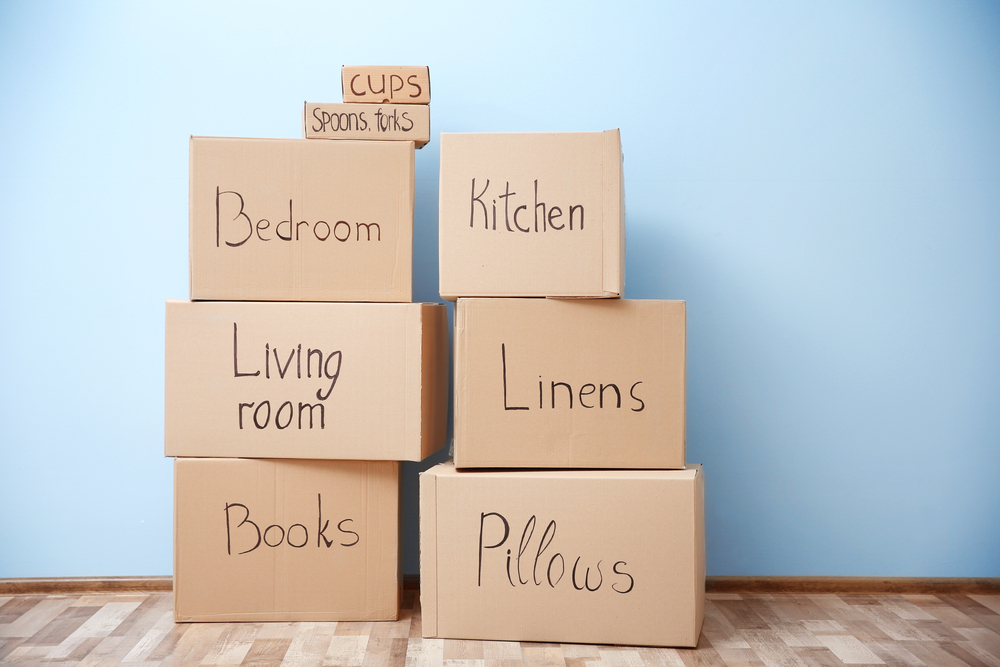
No matter what you’re putting into the box, you’re going to want to label it and keep an inventory of what you’ve packed. Aside from grabbing a marker to label boxes containing delicate items with the word “Fragile” in large letters, you’ll want to label things accordingly. You might write something like “Kitchen” on the appropriate box, or you might use highlighters and assign a color to each room of your new home—many a successful move has been credited to a color-coded system, so it’s worth considering.
Whether you label your moving boxes by item category or by the room it belongs in, be consistent so that on the big day, you and anyone who is helping you move will know exactly where to put that box. Don’t rely on memory—make a list of all the boxes, double-checking as you go to make sure you’ve packed up everything you’ll be taking with you. You might know that that small box belongs in the kitchen, but any friends or professional room movers who are helping you will be clueless.
How heavy should you pack moving boxes?
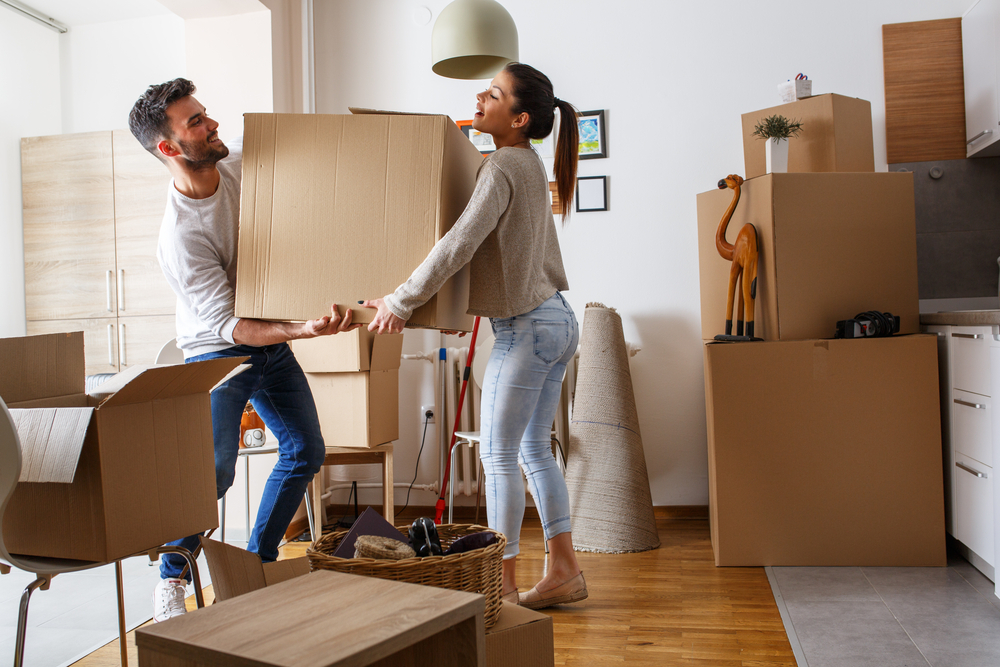
Moving day is a cardio and strength workout on its own. But you don’t want to add additional stress to your muscles by making those moving boxes too heavy. Not only are they a chore to lift, but you could wind up injuring yourself. Even if you are hiring professional movers who have picked up just about everything in their careers, you don’t want to overpack and make large boxes too heavy for them, either.
Ideally, you want to pack boxes just full enough that they won’t tip over because they’re too light, but that your items—especially delicate items—won’t break through the box or be dropped later because they’re too heavy. We’ll use the example of books again: Just because you can fill up an extra-large box with books doesn’t mean you should. Ideally, you want to use boxes that are not too unwieldy to carry even when they’re empty. It’s fine to fill up smaller boxes—just be sure to add a layer of packing paper to any small, delicate items in them. For anything larger, you’ll want to fill them with heavier objects on the bottom of the box and lighter things like linen or clothing—you can crumple up paper, too—so you distribute the weight more evenly.
What should you pack first?
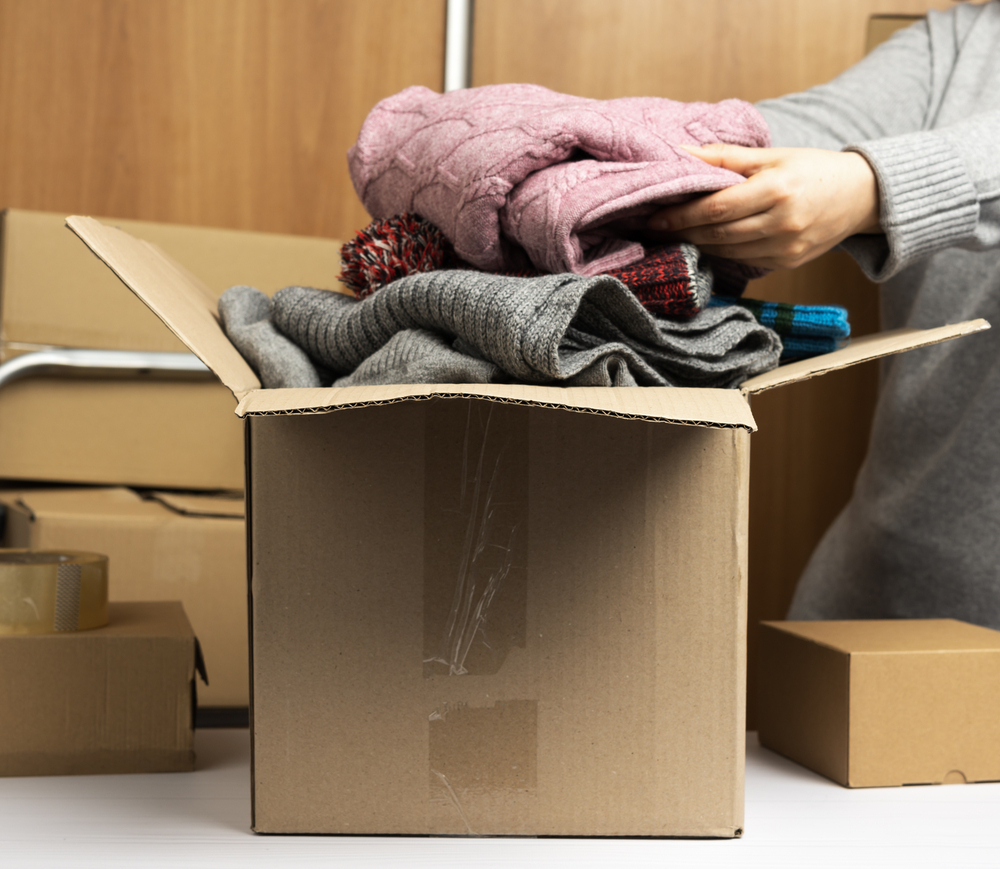
This can be tricky because it largely depends on when your move-out day is. If you’re heading to your new home next week, basically everything needs to get packed up sooner rather than later. However, if you have the luxury of weeks or even months to pack before a move, you’re going to want to think of things in terms of what you need now and what you don’t need this season.
For example, if you’re moving during the summertime, you’re not going to need your winter clothes just yet, so pack up any off-season clothing and equipment, like down jackets and ski gear. Think beyond clothing, though. If you can get by with just a few dishes and glasses, you may want to start to pack up the contents of your kitchen sooner rather than later.
The same rule applies to anything of which you don’t need the entire collection—this includes clothing, shoes, entertainment items, and more. It’s fine to keep a few books on a shelf for reading during your last days in your current place, but you don’t need your entire library of books. (You’ll be too busy packing to read, anyway!)
What should you pack last?
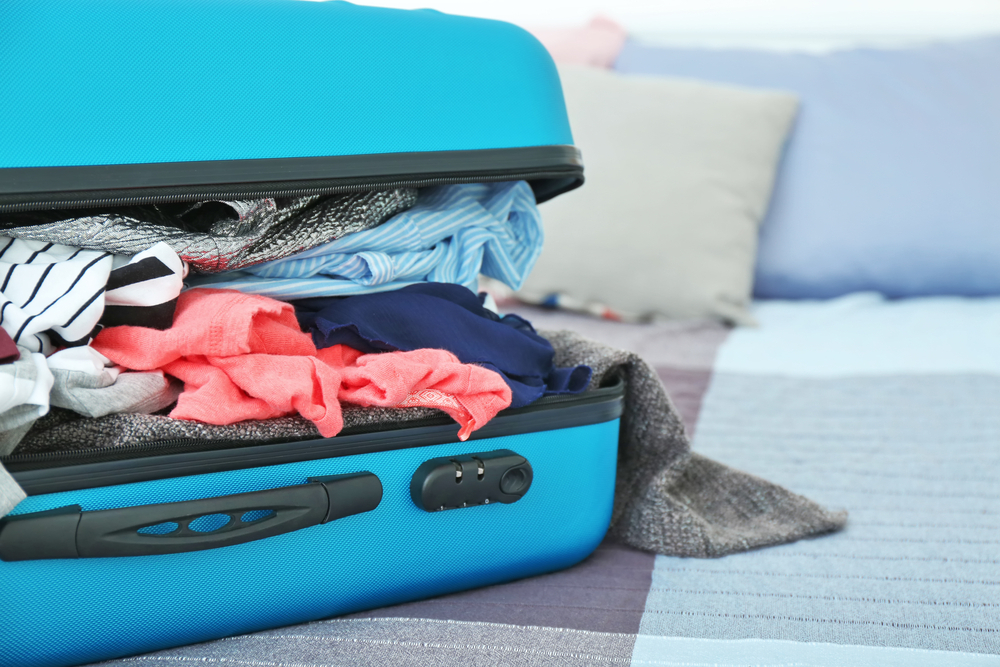
In the final days leading up to your move, you’ll be packing anything that you use on a day-to-day basis that you’ll likely need to open first when you get into your new place.
Here’s a good tip: Pack a suitcase as if you’re going on vacation for a week. This includes clothes, pajamas, underwear, shoes, and toiletries. This way, you know that if you’re too tired or too stressed out to unpack your boxes on the day you move in, you can at least live out of your suitcase for a few days until you get organized and energized to unpack.
If you’ve left valuables like jewelry and things to pack up at the last moment, make sure you keep them close by. The same goes for other items that are either valuable or sentimental and you want to keep an eye on them during transit to your new place.
Other packing tips for a stress-free move
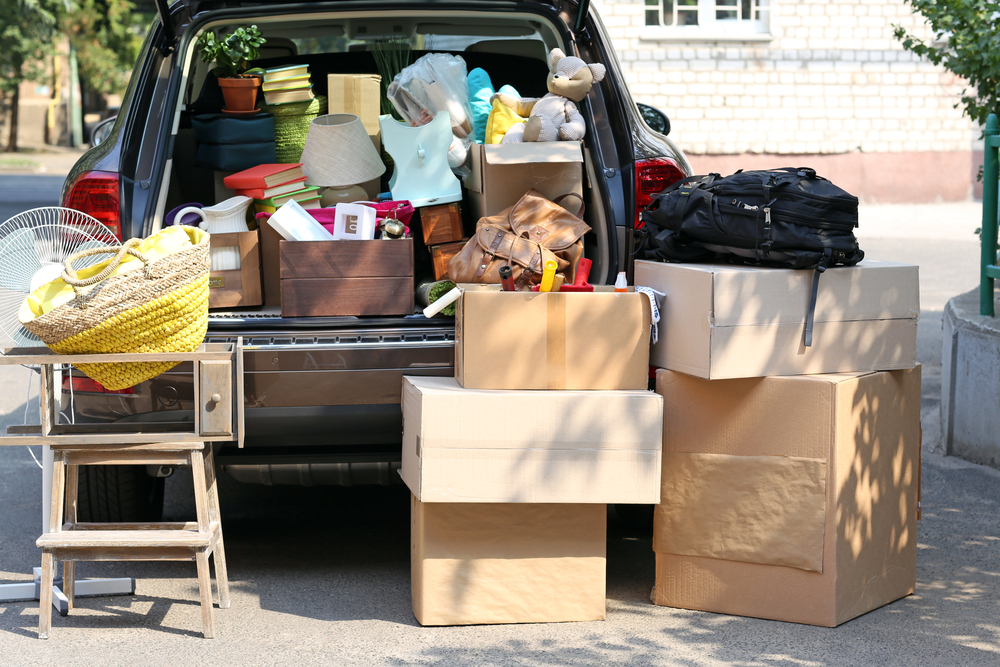
Packing doesn’t have to be a bear of a task if you’re smart about how you approach it. Here are some packing tips for a less stressful moving day:
1. Start packing as soon as you can
If you know you’re going to be moving, it’s worth it to declutter your home first. Figure out which things you’re not going to be taking with you to the new place—these are things that can be donated or sold at a garage sale. Don’t need it now but know you’ll need it later? Consider renting storage space.
Looking for more advice on what should stay and what should go? Check out our blog post, “What to Get Rid of When Moving.”
2. But don’t start packing too early
Packing early might seem like an exceptional way to stay organized, but it’s actually one of the more common moving mistakes. If you start too soon, you might pack up things that you have no intention of ever using again, which is a waste of time and energy. Think about your new life in your new place and the things you’ll need, as well as those that you won’t. You also might accidentally wind up packing things you need in the meantime, resulting in you having to unpack and paw through boxes to find what you need.
3. Consider the cost of replacing items
Whether you’re doing the lifting of all those heavy items yourself or are hiring pros to do it for you, make sure it’s worth it to actually move it instead of buying new when you get to your new home. Obviously, antique furniture or other things that have sentimental value should come with you or be put safely in short-term storage. But if you’ve got something large and replaceable like a faux plant, it might be worth it to purchase a new one.
4. Make sure your stuff will fit
Perhaps you do need all or most of what you’re packing, but it’s also possible it might not fit in your new place in the same way it did in your old place. This goes especially for furniture—make sure to double-check the measurements of both your furniture and the new unit so that you’re sure everything fits before you move it.
5. Ask for help
While it’s possible to move on your own, the process is a lot simpler when you have assistance. Maybe this is a friend, family member, or neighbor, or perhaps it’s a team of professional movers. Remember, moving companies often offer packing services, so in addition to transporting your boxes and bags from place to place, they could also help you pack it all up. While these services do come at a premium, you might find it money well spent if it means that you’ll have less stress and more time to do the host of other things that come with moving.
Make moving easier with Landing
Wondering how you’re going to get that dining room table into your new place? You might have nothing to worry about at all if you rent a furnished apartment with Landing. We have a variety of furnished apartments with flexible lease terms that make moving easier because simply don’t have to pack up so many things. Move into one of our beautifully furnished units, and you’re already settled into your new home. Learn more about what a Landing membership can do for you today!

